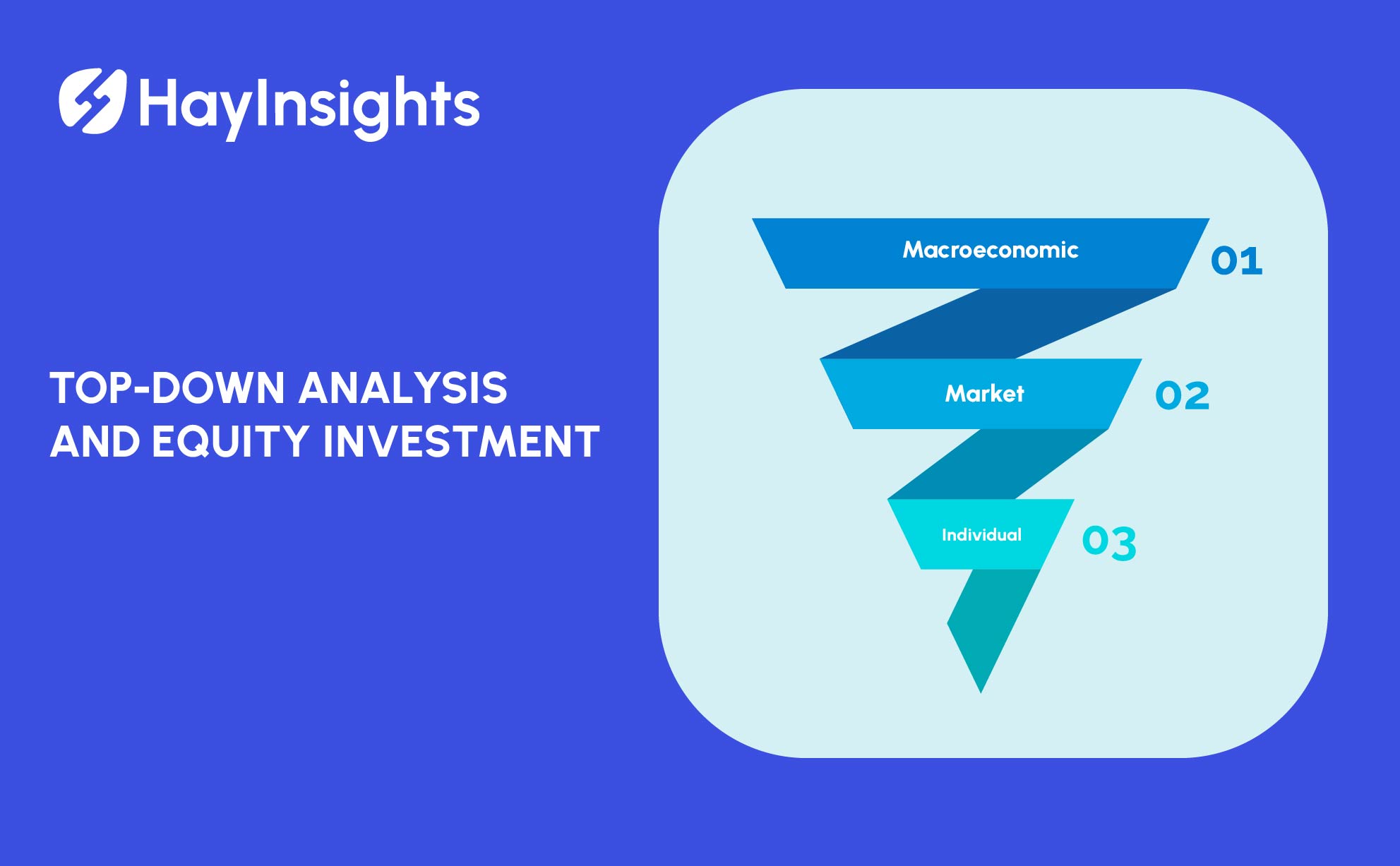
日本の投資信託手数料:リターンを最大化するための包括的なヒント 2025
投資信託への投資は、株式、債券、その他の金融商品を含む専門家が管理するポートフォリオにアクセスできるため、資産を増やす最も効果的な方法の 1 つです。日本では、 tōshi shintaku (投資信託), として知られる投資信託が広く利用されており、幅広い投資目的に対応しています。ただし、すべての投資家が理解しなければならない重要な要素の 1 つは、投資信託への投資コストです。
投資信託の手数料は純利益に直接影響し、投資が大きく成長するか期待を下回るかを決定する要因となることがよくあります。日本の投資信託は伝統的に世界基準に比べて手数料が比較的高いことで知られていますが、競争の激化と規制改革により、手数料は徐々に低下しています。この記事では、日本の投資信託の手数料構造を詳しく調べ、手数料がどのように変化しているかを探り、投資家が費用を最小限に抑えるための実用的なヒントを紹介します。
日本の投資信託手数料の種類を理解する
投資信託の手数料は、いくつかの異なるタイプに分類できます。各タイプは、ファンドマネージャーへの報酬から管理費の負担まで、特定の目的を果たします。これらの手数料を理解することは、情報に基づいた投資判断を行うために不可欠です。
1. フロントエンドロード(販売手数料)
フロントエンド ロードは、投資信託を購入する際に支払う 1 回限りの手数料です。この手数料は通常、投資家にファンドを販売するブローカーまたはファイナンシャル アドバイザーによって課されます。一部のファンドは前払い販売手数料を請求しません (ノーロード ファンドと呼ばれます) が、多くの従来のファンドには仲介業者への報酬としてフロントエンド ロードが含まれています。
- 標準料金: 日本の投資信託の初期手数料は、通常、投資額の1%から3%の範囲です。
- 例販売手数料が2%のファンドに100万円を投資すると、手数料として2万円が差し引かれ、投資できる金額は98万円になります。
これらの手数料は小さいように思えるかもしれませんが、初期投資額が減るため、複利成長の可能性が低くなる可能性があります。
2. 管理手数料(経費率)
管理手数料は、ファンドの経費率として表現されることが多く、ファンドの総運用資産 (AUM) の割合として計算される年間料金です。この手数料は、ポートフォリオ管理、調査、管理業務のコストをカバーするために使用されます。
- 範囲:
- アクティブ運用ファンド:年間0.5%~2.0%。
- パッシブ運用ファンド(インデックスファンドなど):0.1%~0.5%。
- インパクト: ファンドの収益は投資家に分配される前に管理手数料が差し引かれるため、全体的な収益が減少します。
アクティブ運用ファンドは、投資を選択するために専門知識と調査が必要となるため、一般的に運用手数料が高くなります。しかし、調査によると、多くのアクティブ運用ファンドは、これらの高いコストを考慮に入れると、ベンチマークを上回るパフォーマンスを達成できないことが分かっています。
3. 信託報酬(信託報酬)
日本では、管理手数料の一部は信託報酬と呼ばれています。この手数料は日本の投資信託市場に特有のもので、保管サービス、監査、法令遵守などの費用を賄うために使用されます。
- 標準料金信託手数料は、ファンドの複雑さと種類に応じて、通常年間 0.2% から 2% の範囲になります。
信託報酬は経費率に含まれていることが多いですが、信託報酬を別途開示し、投資家がコストの内訳を確認できるようにしているファンドもあります。
4. パフォーマンス料金
特定のファンド、特にヘッジファンドや専門の投資信託は、パフォーマンス手数料を請求します。この手数料は、特定のベンチマークまたはハードルレートを超えるファンドの収益のパーセンテージとして計算されます。
- 例ファンドが 8% の収益を上げ、そのベンチマークが 5% に設定されている場合、3% の超過収益に対してパフォーマンス手数料が適用される場合があります。
パフォーマンス手数料はファンドマネージャーの利益と投資家の利益を一致させますが、ファンドのパフォーマンスが良好であればコストが大幅に増加する可能性があります。
5. 解約手数料(償還手数料)
一部の投資信託では、ファンドのユニットを償還または売却する際に退出手数料を請求します。これらの手数料は、短期取引を抑制し、頻繁な取引に伴うコストから長期投資家を保護するために設定されています。
- 標準料金: 退出手数料は 0% から 2% の範囲になります。
- ヒント: 保有資産を換金する必要がある場合に予期しないコストが発生しないように、投資する前に必ずファンドの償還ポリシーを確認してください。
投資信託投資における隠れたコスト
主な手数料はファンドの目論見書に開示されていますが、投資家はリターンに影響を与える可能性のある隠れたコストにも注意する必要があります。
- ビッド・アスク・スプレッド: これは投資信託の買値と売値の差です。明示的には示されていませんが、投資価値を微妙に減らす可能性があります。
- 取引コスト: ファンドが証券を売買する際に発生する手数料などの費用です。投資家に直接請求されるわけではありませんが、ファンドの純資産価値 (NAV) を減少させます。
日本の投資信託手数料の動向
1. 低コストの投資オプションへの移行
日本では上場投資信託(ETF)やインデックスファンドの人気の高まりにより、低コストの投資手段への移行が進んでいます。パッシブファンドは、そのシンプルさ、透明性、低い経費率により、ますます魅力的になっています。
2. ロボアドバイザーの導入
WealthNavi や THEO などのロボアドバイザーは、従来の投資信託に比べて手数料が低く、多様なポートフォリオを提供する自動化プラットフォームです。ロボアドバイザーの管理手数料は通常 1% 未満であるため、個人投資家にとってコスト効率の良い選択肢となります。
3. Tsumitate NISA (積立NISA)
つみたてNISA制度は、税制優遇口座を通じて長期投資を奨励することを目的とした政府支援の制度です。低コストのファンドへの投資を促進し、日本の投資信託市場における手数料の透明性を大幅に向上させました。
投資信託手数料を最小限に抑えるヒント
- ノーロードファンドを選ぶ: 初期費用や解約手数料のないファンドを選択すると、初期費用と償還費用を節約できます。
- インデックスファンドに投資するパッシブ運用ファンドは、アクティブ運用ファンドよりも一般的に経費率が低くなります。
- Leverage Tsumitate NISAこのプログラムは、税制上の優遇措置のある承認済みの低コストのファンドへのアクセスを提供します。
- プロバイダー間の料金を比較する: オンライン ツールを使用するか、ファンドの目論見書を参照して、競争力のある手数料体系を持つファンドを見つけます。
- ロボアドバイザーを検討する自動化されたプラットフォームは、多様なポートフォリオへのアクセスを提供しながら、より低い手数料を請求することがよくあります。
日本の投資信託手数料に関するよくある質問
Q1. 日本の投資信託手数料は他国に比べて高いですか?
確かに、日本の投資信託の手数料は歴史的に高かったのですが、競争の激化によりコストは下がっています。
Q2. 管理手数料と信託報酬の違いは何ですか?
管理手数料はファンドの運営全体をカバーしますが、信託手数料は特に管理費と保管費に関係します。
Q3. 投資信託の手数料をすべて回避できますか?
いいえ、しかし、ノーロードファンドや経費率の低いファンドを選択することで手数料を最小限に抑えることができます。
Q4. ロボアドバイザーには隠れた手数料がありますか?
ロボアドバイザーは一般的に手数料について透明性がありますが、追加費用がないか手数料表を確認することが重要です。
Q5. 投資信託の手数料は長期的な収益にどのような影響を与えますか?
手数料により投資の複利効果が減少し、長期的には全体的な収益が低下する可能性があります。
Q6. つみたてNISAとは何ですか?また、どのようにコスト削減に役立ちますか?
つみたてNISAは、低コストの資金へのアクセスを提供し、長期投資家の経済的負担を軽減する、税制優遇の貯蓄口座です。
結論
日本の投資信託の手数料は、投資成果を形作る上で重要な役割を果たします。従来のファンドは手数料が高いとされてきましたが、ETF、インデックスファンド、ロボアドバイザーなどの低コストのオプションがますます利用できるようになり、コスト意識の高い投資家にチャンスが生まれています。手数料構造を理解し、つみたてNISAなどのプログラムを活用し、ファンドオプションを慎重に比較することで、経費を最小限に抑え、収益を最大化することができます。
金融環境は変化し続けており、手数料に関する情報を常に把握し、積極的に行動することで、投資がより効果的に機能し、最終的には財務目標の達成につながります。












